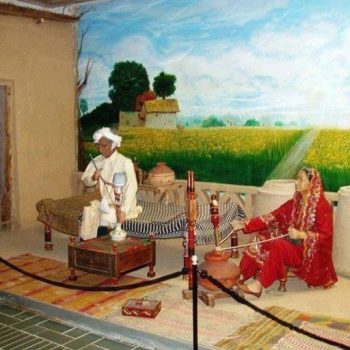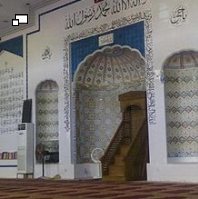Multani Culture
Multan is city in punjab,pakistan.Located on the bank of Chenab River, Multan is Pakistans 7th largest City,and is the majore culture and economic center of southern punjab. Multan history stretches deep into antiquity,The city attracted Sufi saints from far places of the globe.Today,Multan is known as the City of Sufis.it was one of the oldest Cities in South Asia with many tombs, Shrines,temples,cathedrals and mausoleum is a combination of old and the new pakistan culture.
Multani culture like,Multani sohan Hilway,fruits like mangoes, saints lie Mausoleum of Baha-ud-Hin Zakaria, Tomb of Shah Rukn-e-Akam,Shamsuddin Sabzwari Multani,Mausoleum of Shah Gardez, Mausoleum of Musa pak Shaheed,Mausoeu of Hfiz Muhammad Jamal Multani. celebration marriages event like spring festival(couture in march),Besant Festival,Urs shah Rukn-e-Alam,urs Bahaddin Zakaria and also describe Multani food.Multani traditional dress like Multani longi,Multani kurtey,choli gehgra .Multani khusa,detail about local language of multan,poets ,education institution like Bzu,Nishter medical college, Science college etc.

Multani Language
The majority of Multan's residents speak Saraiki, while Haryanvi is the second most spoken language. A good portion of the people are conversant in Urdu. English is understood by the educated. The majority of the people are Muslims. However, the city does have a significant Sikh and Hindu communities within the district. There are still many temples and Gurdwaras within the city..
Multan has traditionally been a melting pot of several distinct ethnic groups due to its location at the intersection of all four of Pakistan's main provinces and due to its historical significance as a centre of learning and culture. As a result, Multan today consists of Saraiki, Haryanvi, Punjabi, Baloch, Pashtun, Sindhi, and Urdu-speaking Muhajirs who arrived at the time of independence in 1947. As per the 1998 census of Pakistan, the following are the demographics of the district, by spoken language: Saraiki: 66.58% (54.23% in the city) Haryanvi: 14.59% (11.01% in the city) Punjabi: 11.14% (09.13% in the city) Urdu: 5.86% (6.64% in the city) Pashto: 0.62% Balochi: 0.10% Sindhi: 0.07% Other: 1.04%.

City's old Mosques & Tombs
There are also a number of other mausoleums located within the city which gather a great deal of attention. The Nuagaza tombs are shrines to martyrs and warriors who fought in wars centuries ago some dating back 1,300 years ago. The Multan Museum located within the city has a vast collection of coins, medals, postage stamps of the former State of Bahawalpur, manuscripts, documented inscriptions, wood carvings, camel-skin paintings, historical models and stone carvings of the Islamic and Pre-Islamic periods. Multan also ha.s a number of old mosques which were once considered as the jewels of the city. Some have been dated back to a few thousand years and have been recognised as some of the oldest mosques within South East Asia. The legend goes that the first mosque ever built in Multan was the Jamia Mosque which was constructed on the orders of General Mohammed Qasim, who conquered Multan in 712AD. Ruins of this mosque were visible till 1954 at Qasim Bella however due to repeated floods, the structure was lost. Sawi Mosque is supposed to be the oldest mosque which still exists today though in deteriorating state, there are glazed blue tiles from the era in which it was built which dates the mosque to several centuries ago. The second oldest mosque within Multan is Mohammad Khan Wali Mosque. It is an excellent condition, situated in the busiest Chowck Bazar of the city. It was built by Nawab Ali Mohammad Khan Khakwani, in 1757 when he was the governor of Multan in the time of Alamgir II. The mosque is provided with a reservoir for the ablutions, baths, and a large hall for prayers..

Multani Sports
Multan is another Pakistani city that loves cricket. The city government inaugurated a new multi-purpose stadium replacing Ibn-e-Qasim Bagh Stadium which was the lone stadium used for football and cricket matches. The inauguration of the new stadium has allowed the city to offer Test day/night matches as well as other national sports such as hockey, badminton and football. The stadium is home to the Multan Cricket Association. Other sports grounds include Divisional Sports Ground and the Pakistan Cricket Board owned Government College Cricket Ground. Educational institutions in Multan In 1950, then-Governor Abdur Rub Nishtar founded Nishter Medical College. Doctor graduates of this institution have spread across the world, and many have become established names in the field of medicine. Bahauddin Zakariya University formerly known as Multan University and University of the Punjab are the main sources of higher education for this region..
